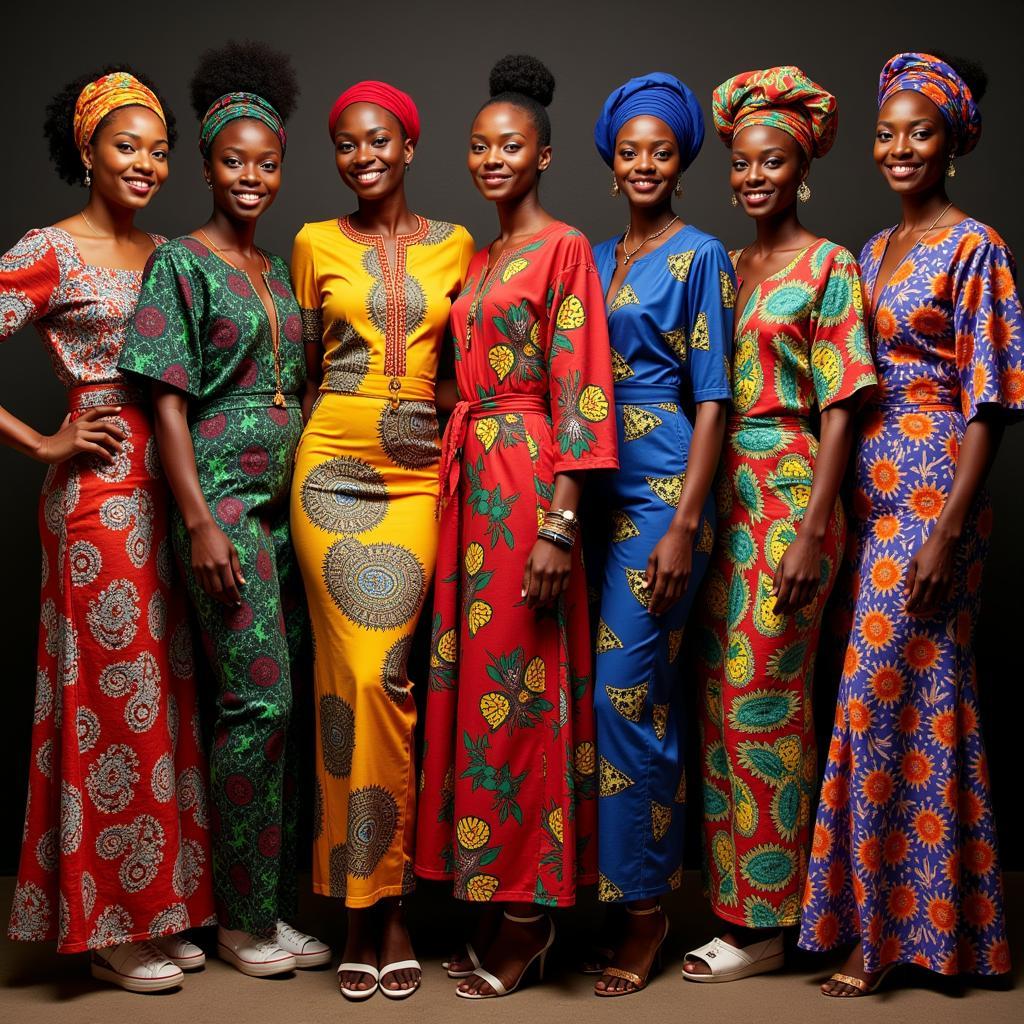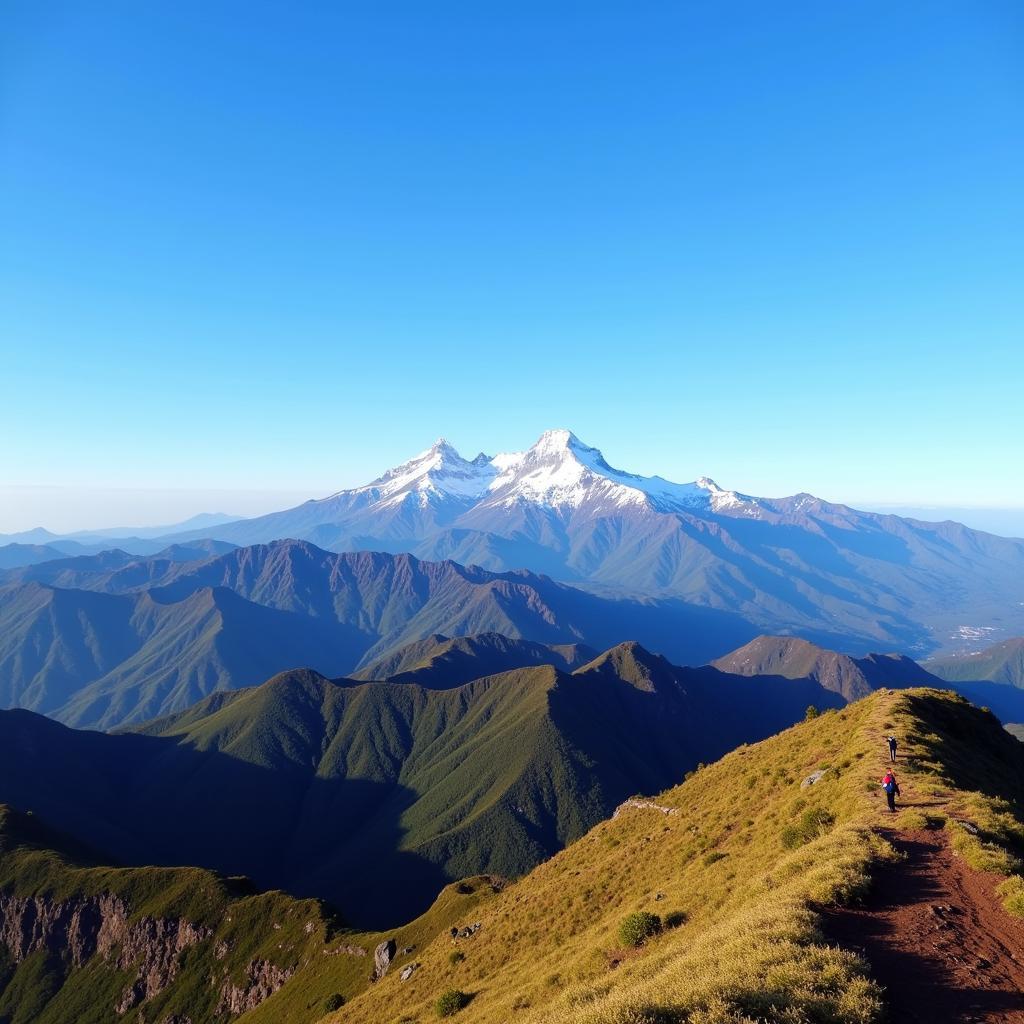Unveiling the Magic: Fascinating African Dance Facts
African dance is more than just rhythmic movement; it’s a powerful expression of culture, history, and spirituality. It’s a language spoken with the body, telling stories of generations past, present, and future. From the vibrant celebratory dances of West Africa to the intricate rhythmic patterns of East Africa, this art form is deeply woven into the fabric of the continent’s diverse societies. Let’s delve into some captivating African Dance Facts that unveil the magic behind this captivating art form.
The Significance of African Dance: More Than Just Entertainment
African dance isn’t merely a form of entertainment; it’s an integral part of life, deeply embedded in rituals, ceremonies, and everyday activities. It plays a crucial role in births, deaths, marriages, initiations, harvests, and even hunting. These dances are often accompanied by music, singing, and elaborate costumes, creating a rich tapestry of cultural expression. The movements themselves can mimic animals, tell stories, or express emotions, making African dance a truly unique and multifaceted art form. It connects individuals to their ancestors, their community, and the spiritual world. Check out some inspiring African art pictures.
What Makes African Dance Unique?
Several key elements distinguish African dance from other dance forms. Polyrhythm, the simultaneous use of two or more contrasting rhythms, is a defining characteristic. The emphasis on improvisation allows dancers to express their individuality within the structured framework of the dance. Furthermore, the close connection to the earth and the emphasis on grounded movements are fundamental to African dance.
Exploring Regional Variations in African Dance
Across the vast expanse of Africa, dance styles vary significantly, reflecting the unique traditions and customs of different regions. In West Africa, dances like the Adowa and Agbadza are known for their energetic movements and complex rhythms. East African dances, such as the Kiganda and the Maasai warrior dances, emphasize jumping and acrobatic elements. Southern African dances often incorporate intricate footwork and rhythmic stomping. These regional variations highlight the diversity and richness of African dance. Remember this insightful African adage.
How is Music Used in African Dance?
Music is inseparable from African dance. Drums, in particular, play a central role, providing the rhythmic foundation for the dances. Other instruments, such as rattles, bells, and flutes, add layers of complexity and texture to the music. The interplay between the dancers and the musicians creates a dynamic and interactive experience, where the music drives the movement and the movement inspires the music.
The Evolution of African Dance: From Tradition to Modernity
While deeply rooted in tradition, African dance has also evolved over time, adapting to changing social and cultural contexts. Contemporary African dance often blends traditional elements with modern influences, creating new and innovative forms of expression. African dance has also made its mark on the global stage, influencing various dance genres around the world. You can learn more about traditional African stories by reading African fables tales from rhodesia now zimbabwe winifred pearce.
How has African Dance Influenced Other Dance Forms?
African dance has had a profound impact on various dance forms, particularly in the Americas. Many elements of African dance, such as polyrhythm, improvisation, and grounded movements, can be seen in genres like jazz, tap, and hip-hop. The influence of African dance is a testament to its enduring power and its ability to transcend cultural boundaries.
“African dance is a living testament to the power of human expression. It’s not just steps; it’s a story, a history, a connection to something larger than ourselves.” – Adeola Oguntoye, Ethnochoreographer.
African Dance Facts: A Captivating Conclusion
From its deep spiritual significance to its vibrant regional variations, African dance is a captivating art form that reflects the rich cultural tapestry of the continent. It’s more than just movement; it’s a language, a story, and a connection to heritage. Exploring these African dance facts allows us to appreciate the depth and beauty of this ancient and ever-evolving art form. The influence of African dance on other forms around the world showcases its global impact and its enduring legacy. Let us continue to celebrate and learn from the magic of African dance. Remember the powerful image of an African buffalo head.
FAQ:
- What is the most common instrument used in African dance? Drums are the most common instrument.
- What is polyrhythm in African dance? Polyrhythm is the use of two or more contrasting rhythms simultaneously.
- How does African dance differ from other dance forms? Its emphasis on improvisation, polyrhythm, and grounded movements makes it unique.
- What is the role of African dance in society? It plays a vital role in rituals, ceremonies, and everyday life.
- How has African dance evolved over time? It has adapted to modern contexts while maintaining its traditional roots.
- What are some examples of West African dances? Adowa and Agbadza are two examples.
- How has African dance influenced other dance forms? It has influenced genres like jazz, tap, and hip-hop.
“The spirit of Africa is embodied in its dance. It’s a celebration of life, a connection to the past, and a vision for the future.” – Chinua Achebe, Cultural Historian.
More questions?
Explore more about traditional African masks: african ghost mask wiki
Need Help?
Contact us 24/7:
Phone: +255768904061
Email: [email protected]
Address: Mbarali DC Mawindi, Kangaga, Tanzania.

